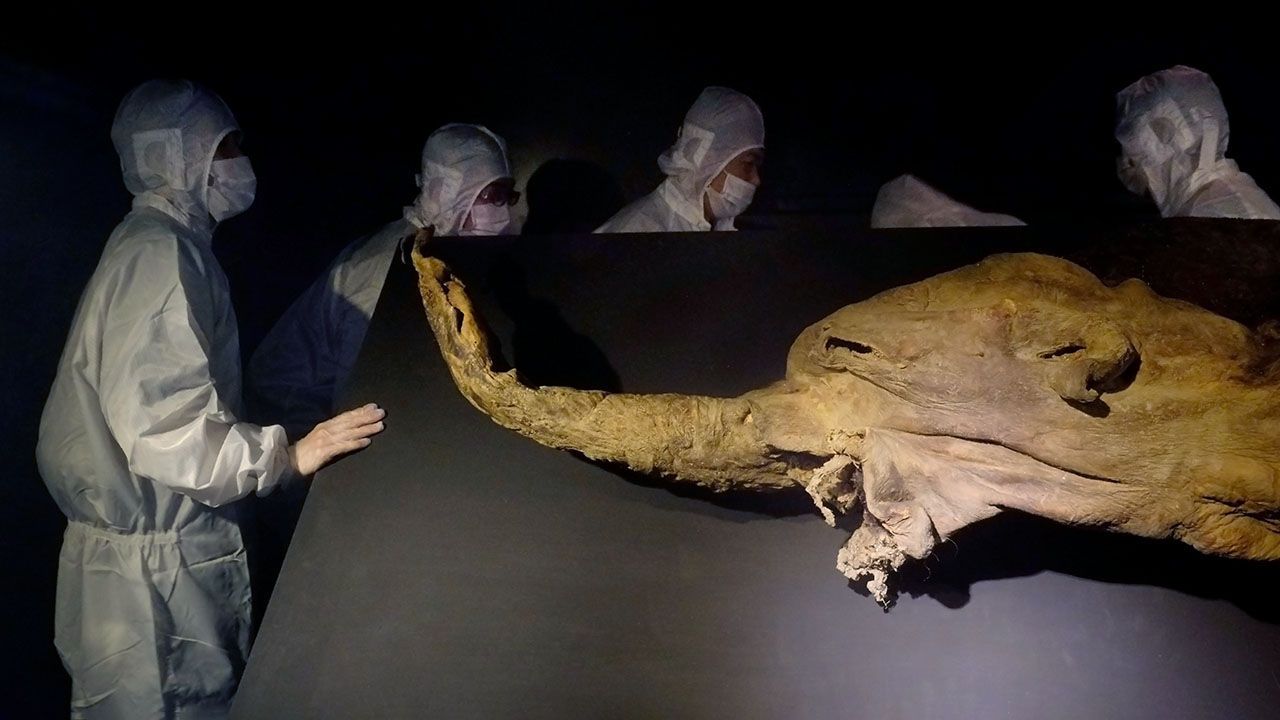Freeze-dried chromosomes can survive for thousands of years
They contain unprecedented detail about their long-dead parent organisms

For palaeontologists, DNA is infuriatingly fragile. Its long chains begin to break apart shortly after death, destroying valuable information about the deceased parent organism. Unlike bones, footprints and even faecal matter, which can comfortably survive—in fossilised form—for millions of years, DNA rarely lasts much more than a hundred. In recent decades scientists have discovered that some exceptionally well-preserved bodies do still have readable fragments of genetic code hundreds of thousands of years after death. But these have been tiny scraps. They lack much of the valuable information that an intact genome provides.
This article appeared in the Science & technology section of the print edition under the headline “Uncut and dried”
More from Science & technology

Why a new art gallery in Bangalore is important for Indian science
It aims to make research and tinkering more accessible to the public

Climate change could reawaken harmful invasive plants
The sooner they can be weeded out, the better

AI scientists are producing a host of new theories of how our brains learn
The challenge for neuroscientists is how to test them
Exposure to the sun’s UV radiation may be good for you
For now, though, keep the sun cream handy
Engineered dust could help make Mars habitable
Restoring water on Mars may be easier than you think
New batteries are stretchable enough to wear against the skin
They take their inspiration from electric eels
